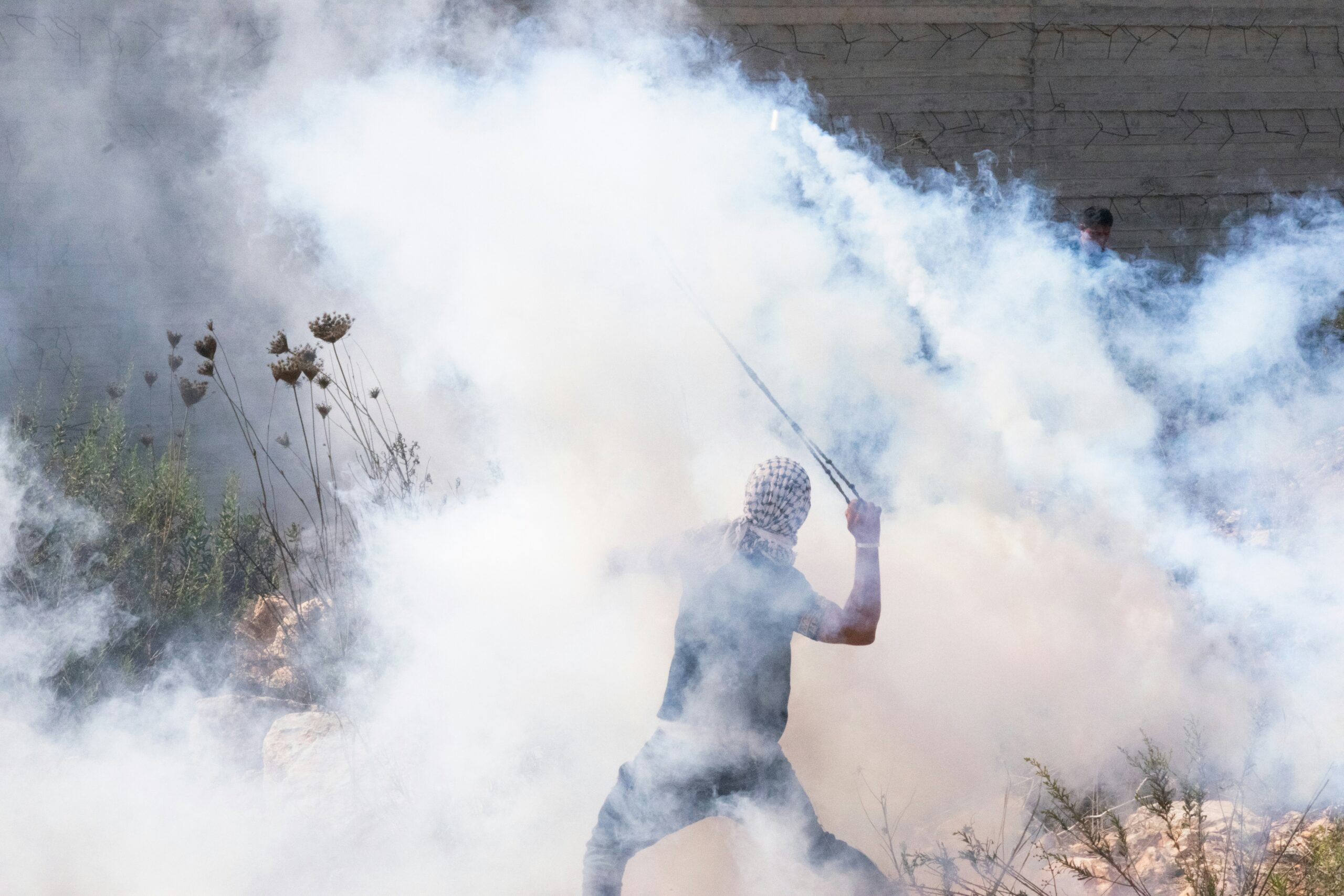
A children’s football practice in the occupied West Bank turned chaotic when Israeli forces deployed tear gas on the field. The incident, captured on video, occurred at the Qalandiya refugee camp, significantly affecting the young participants.
Key Facts
- The tear gas was reportedly deployed via a drone during a raid by Israeli forces.
- The children were forced to abandon their football practice and flee the area.
- The event has sparked significant concern and condemnation from observers and human rights groups.
Background
The incident took place in a region fraught with longstanding tensions between Israeli forces and Palestinian residents. The Qalandiya refugee camp, located near Jerusalem, has often been a flashpoint for clashes. The use of tear gas in populated areas, especially involving children, has raised serious humanitarian and legal questions about the conduct of operations within such regions.
What We Know
The upsetting scenes were captured in a video showing the children, clad in their football kits, scrambling to escape the suffocating effects of the tear gas. The deployment of tear gas via drone marks a concerning use of technology in controlling or impacting civilian areas, particularly those involving vulnerable populations such as children.
Official Reactions
While official statements from Israeli forces regarding this specific incident were not immediately available, the action has been met with criticism by international human rights organizations. These groups have historically condemned the use of force in heavily populated civilian areas, stressing the profound impact on children’s physical and psychological well-being.
What’s Next
The international community continues to watch closely as responses and possibly investigations unfold. The incident highlights the ongoing complex and delicate nature of Israeli-Palestinian relations, particularly concerning military engagements in civilian contexts. Further reactions from global leaders and organizations are anticipated as more details emerge.